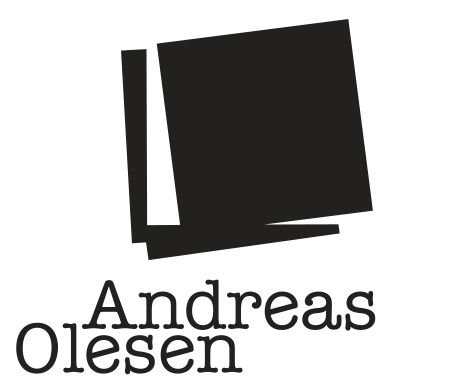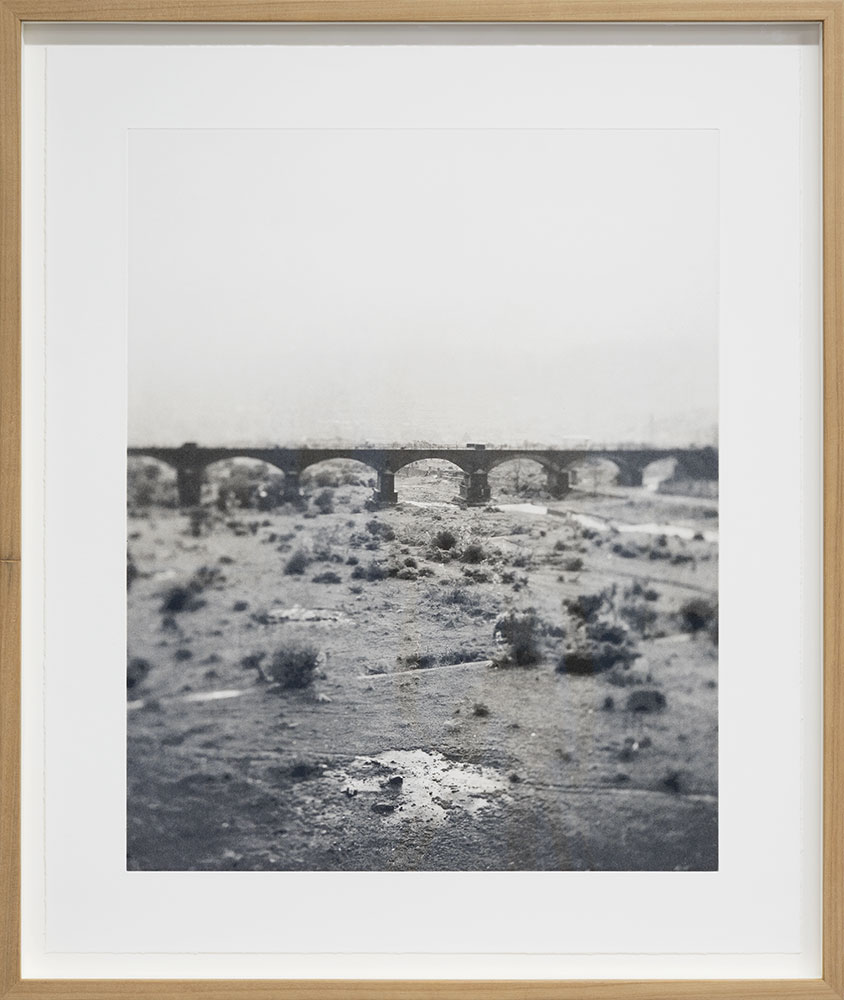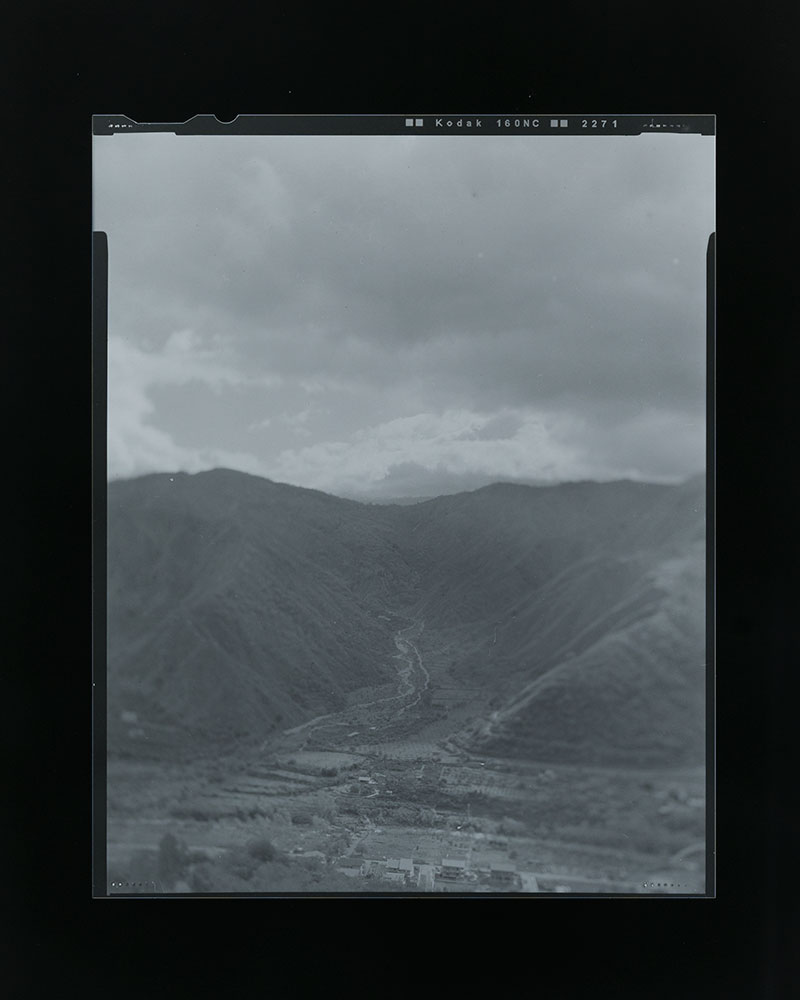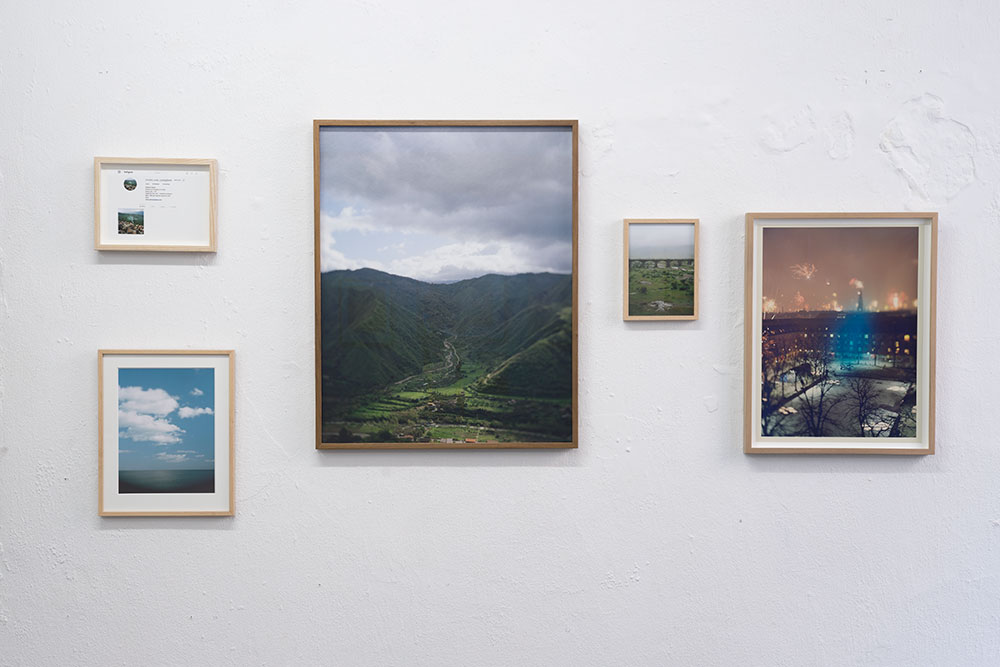In the book Realist Vision, Peter Brooks writes that we have a thirst for reality. And this thirst shows itself in they way that we play. We enjoy scale models of the real; dollhouses, model trains, ships-in-a-bottle, they all can give us the sense of being able to touch and feel a world that makes sense through our control of it.
The history and tradition of the European Landscape is also an exercise in representation. A painting of a landscape was mostly a signifier of power. When we speak of landscape painters, we also speak of technique, and of gesture. And gesture especially interested me, because it is not traditionally a tool used in photography.
Landscape painting is also interesting because it was the Trojan Horse which snuck photography into the art world. At the beginning of the medium there were photographer/scientists such as Timothy O’Sullivan. For example, O’Sullivan was hired by the US government to photograph the landscape for geological surveys of the American West. Many years later John Szarkowski put those same “landscape” images on the wall at the Museum of Modern Art in New York.
This history informs the construction of Oblique, a series of landscape images bearing the gesture from which they were created. The manipulations and marks they bear come from my hand; as a form of play, as artistic gesture, and as a counterpoint to the perceived neutrality of the imagery, which still strongly influences landscape aesthetics. Each image in the series is produced 9 times, each time different than the last. The source material is sucked into the edition and often destroyed during the process, leaving them un-reproducible in the usual photographic sense, with only the impressions made underway left behind.
Selected Works


























